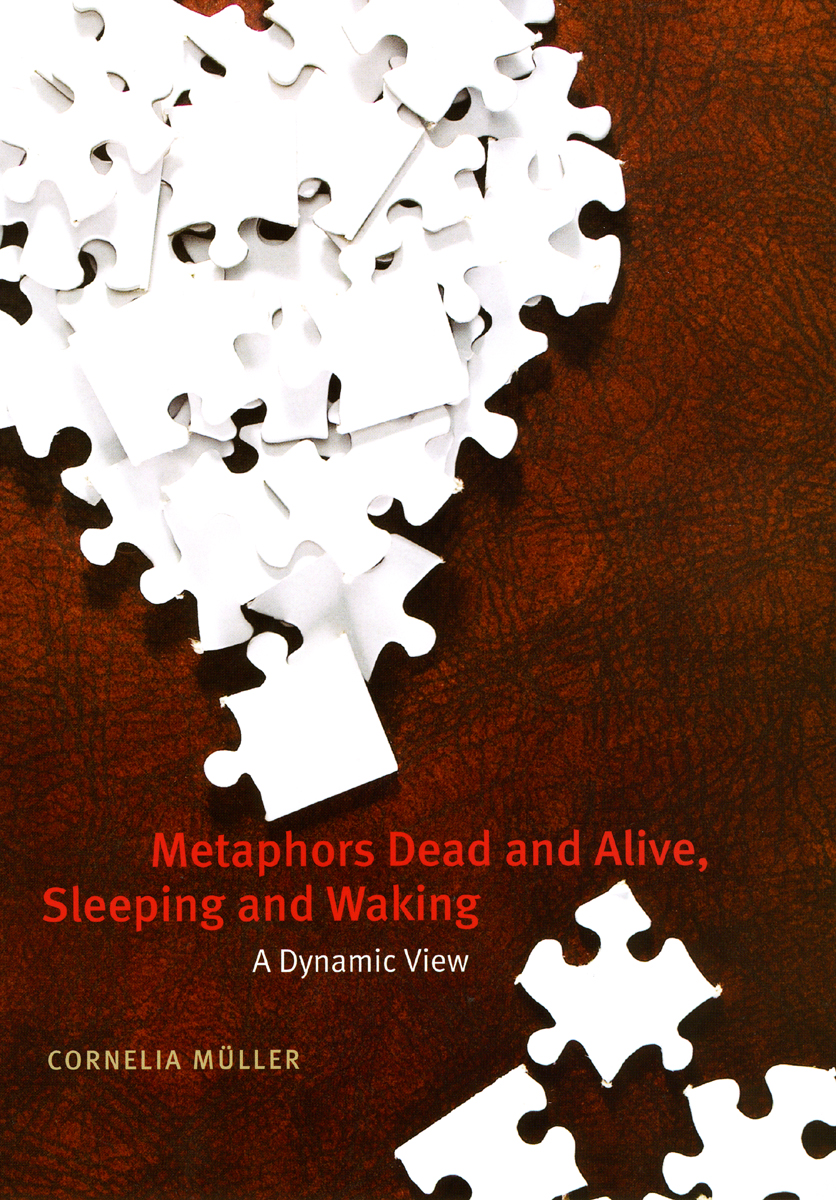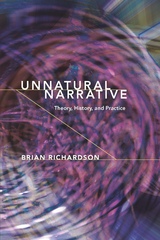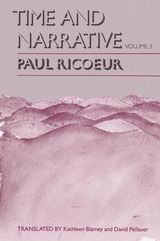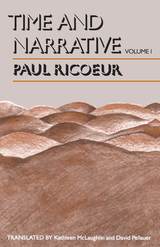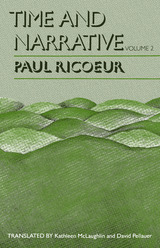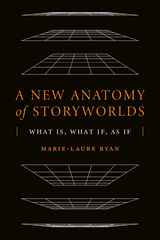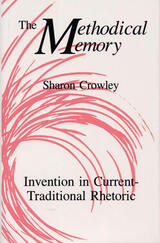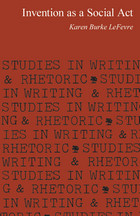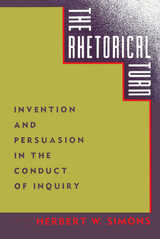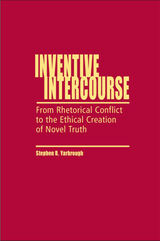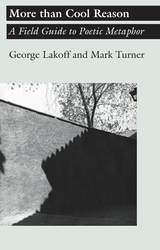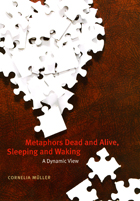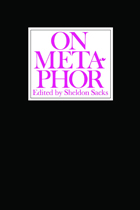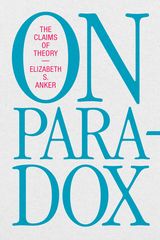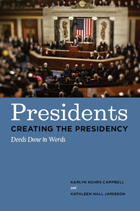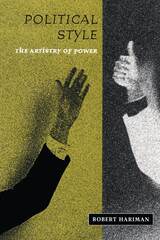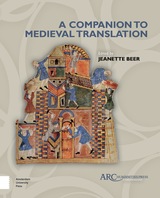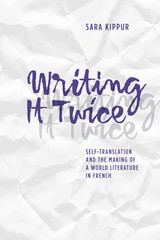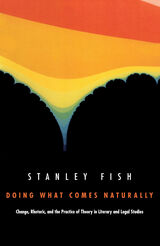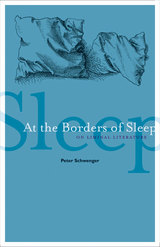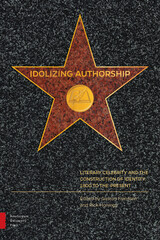Metaphors Dead and Alive, Sleeping and Waking: A Dynamic View
University of Chicago Press, 2008
eISBN: 978-0-226-54826-5 | Cloth: 978-0-226-54825-8
Library of Congress Classification PN228.M4M87 2008
Dewey Decimal Classification 808
eISBN: 978-0-226-54826-5 | Cloth: 978-0-226-54825-8
Library of Congress Classification PN228.M4M87 2008
Dewey Decimal Classification 808
ABOUT THIS BOOK | AUTHOR BIOGRAPHY | REVIEWS | TOC | REQUEST ACCESSIBLE FILE
ABOUT THIS BOOK
Traditional thinking on metaphors has divided them into two camps: dead and alive. Conventional expressions from everyday language are classified as dead, while much rarer novel or poetic metaphors are alive. In the 1980s, new theories on the cognitive processes involved with the use of metaphor challenged these assumptions, but with little empirical support. Drawing on the latest research in linguistics, semiotics, philosophy, and psychology, Cornelia Müller here unveils a new approach that refutes the rigid dead/alive dichotomy, offering in its place a more dynamic model: sleeping and waking.
To build this model, Müller presents an overview of notions of metaphor from the classical period to the present; studies in detail how metaphors function in speech, text, gesture, and images; and examines the way mixed metaphors sometimes make sense and sometimes do not. This analysis leads her to conclude that metaphors may oscillate between various degrees of sleeping and waking as their status changes depending on context and intention. Bridging the gap between conceptual metaphor theory and more traditional linguistic theories, this book is a major advance for the field and will be vital to novices and initiates alike.
To build this model, Müller presents an overview of notions of metaphor from the classical period to the present; studies in detail how metaphors function in speech, text, gesture, and images; and examines the way mixed metaphors sometimes make sense and sometimes do not. This analysis leads her to conclude that metaphors may oscillate between various degrees of sleeping and waking as their status changes depending on context and intention. Bridging the gap between conceptual metaphor theory and more traditional linguistic theories, this book is a major advance for the field and will be vital to novices and initiates alike.
See other books on: Alive | Cognitive Psychology & Cognition | Linguistics | Metaphor | Psychology
See other titles from University of Chicago Press
